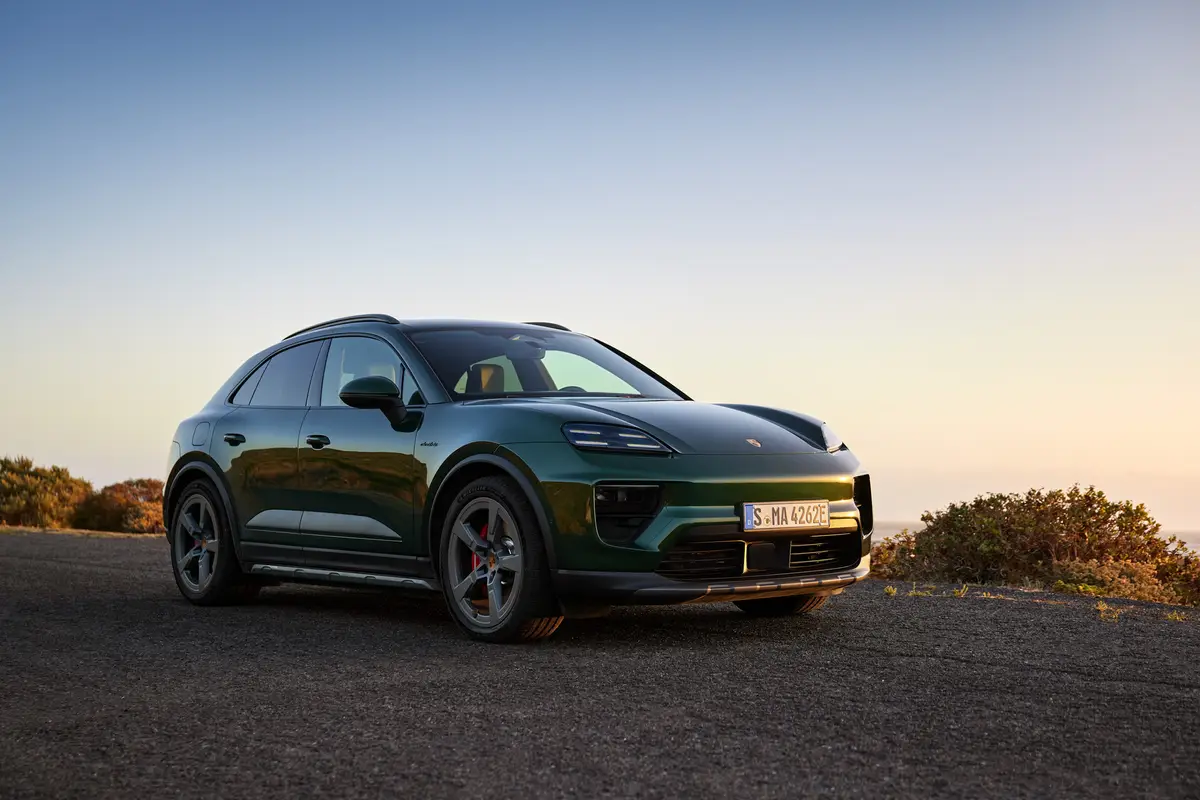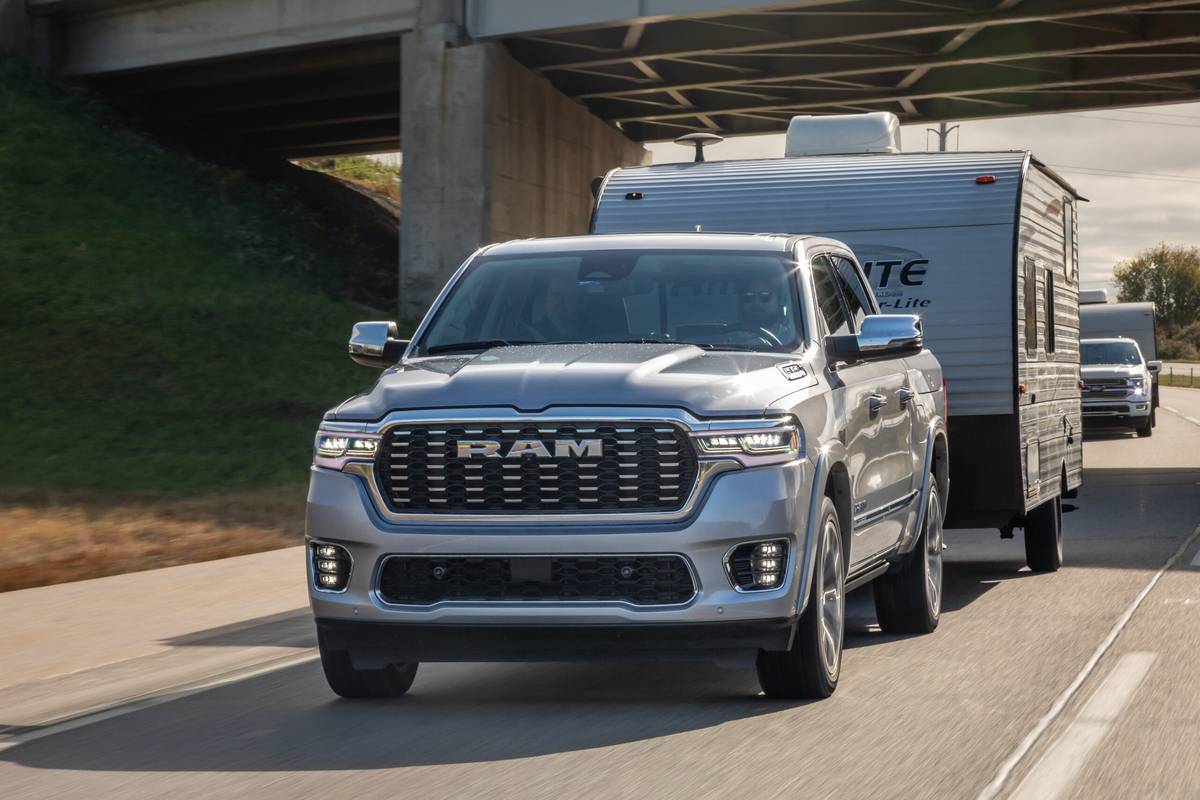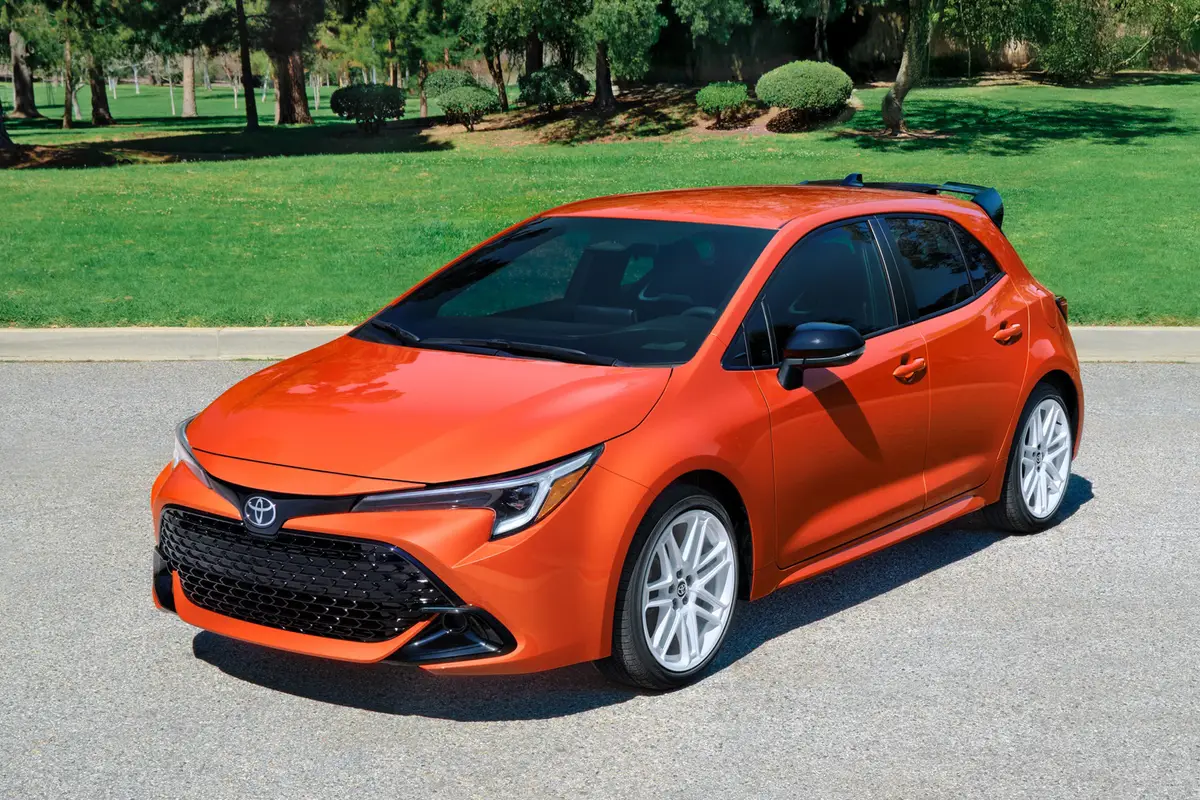AZCentral.com's view
The hippest new car in America, Mini Cooper is as much fun to drive as it is to be seen driving.
Whatever Mini lacks in size or power it makes up for in pure enjoyment. This little car just glows with style and charm. It makes everybody smile, turns every head as it hunkers past and stands out like a cheerful memory.
But it’s the driver who’s wearing the biggest grin.
The first thing you notice is the ultra quick steering, the ability to flick your wrist and switch direction immediately, that magical feeling of total control. The handling is agile and sporty, much better than you might expect at this price range. Mini recalls the skateboard handling of certain British sports cars and, of course, the original Austin Mini that it emulates.
The sales people like to call Mini Cooper a Go-Kart for adults, and it certainly is that nimble and responsive. Corners are a hoot, and curving roads are a romp. The flip side is a stiff ride that some might find objectionable.
But far from being a Go-Kart, Mini is a real automobile that regular people can drive every day. Even if it is less than 12 feet long.
Mini followed a trend. The concept car was unveiled five years ago at international auto shows. Then came years of anticipation and pent-up demand, and here we go again with another retro-car frenzy. It follows in the tracks of two other retro champs, Volkswagen’s New Beetle and PT Cruiser, each of which spawned a nationwide frenzy all its own.
But Mini is different. Unlike New Beetle and PT Cruiser, which are rebodied versions of regular compact cars, Mini stands alone with a unique structure and its own brand of perky performance. The BMW influence is strongly evident, but so is the British. It is discomforting, though, that it took a German company to resurrect a symbol of British motoring, even if it is made in England.
In the standard Mini, such as the one tested here, the 115-horsepower engine seems a bit weak for the capabilities of the chassis, though not too weak to pull around a 2,500-pound automobile. Stay tuned for the Cooper S version, which promises a hearty 163 horsepower from a supercharged version of the same 1.6-liter engine.
Surprisingly, there is loads of space inside for an extra-tall driver and a front-seat passenger, though backseat riders are going to be hard-pressed for legroom. Everybody on board will have to be mini for the Mini to be a true four-seater. For all practical purposes, the Mini is a two-passenger automobile.
Space behind the seat may handle a few grocery bags, but there’s decent space with the rear seat stowed.
Another surprise is how solid and secure Mini feels on the freeway. The car is quiet and stable enough that its tiny dimensions are soon forgotten, even in the thundering herd of SUVs and pickup trucks. The small engine does set up a mild roar in fifth gear above 75 mph.
Mini’s only real fault is its interior design, which is far too dec ked-out and self-conscious. Too much plastic, too many extraneous shapes and textures, way over the top. The gauges are cool, though, with a centered speedometer like the old Minis, and a hot-rod-style tachometer mounted above the steering wheel. The steering wheel itself is gorgeous.
And toggle switches, the first I’ve seen in decades, are back.
There are no complaints about the exterior styling, unless you object to constantly being called cute. But Mini also looks purposeful and aggressive, with a postmodern flair that successfully interprets the style and aura of the original Mini for a faster modern world. Think hatchbacks from Honda Civic or VW Golf, and you get the idea.
Mini mania is well deserved, and this little car is destined to become a staple of the American highway just as the Mazda Miata created a strong niche for modern roadsters. Watch for many other automakers to follow suit, striving to create Minis of their own.
And that’s a good thing.
Latest news



